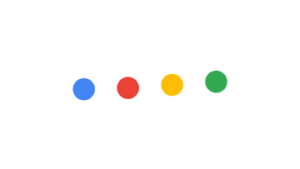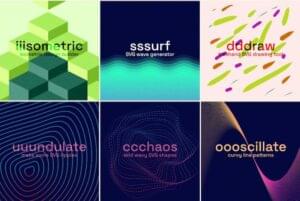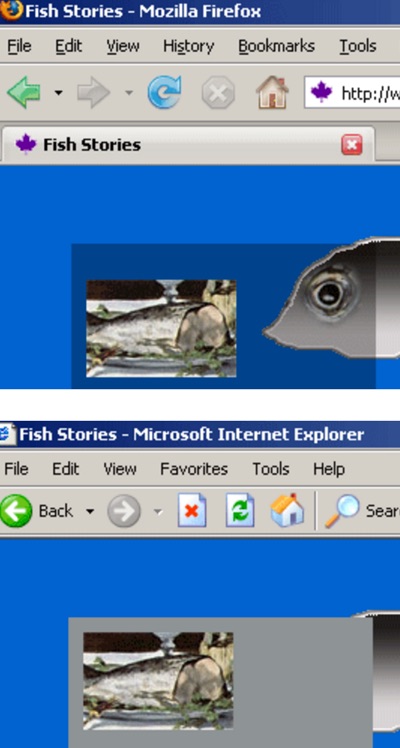
If you’ve been around long enough (i.e. early 2000’s), you’ll remember a time when all we longed for was decent PNG-32 support.
While PNG-32 had much better transparency support than garden-variety GIF, Internet Explorer rendered the transparent parts as a dirty dishwater gray. As IE6 ruled 90% of the browser market, this was heart-breaking.
Understandably, people gnashed their teeth and spent their nights devising ludicrous IE hacks using JavaScript and obscure Microsoft filters.
Yes, we had much better things to complain about in those days, my friends!
So when the time came that we could finally rely on PNG-32 support, we were all so happy that we’ve barely looked at PNG closely since.
PNG – The bit that sucks…
As nice as PNG-32 transparency is, there has always been a price to pay for it. Large PNGs are big files – usually 4 to 5 times the equivalent JPEG.
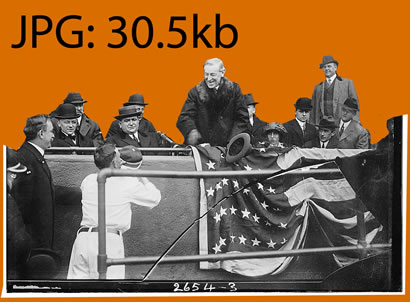
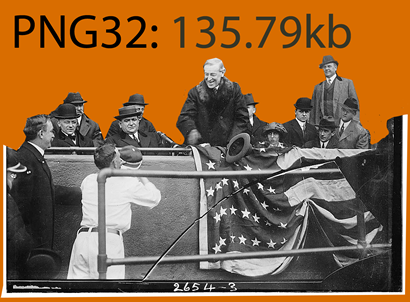
But if we needed high-quality alpha transparency, we had to suck it up, right?
There’s also no flexibility with PNG-32. Where JPEG lets you select the most effective compression, PNG takes a ‘like it or lump it’ approach.
Where does SVG come into it?
SVG has two abilities that help us out here.
- Because SVG is a document format (like HTML), we can embed other file formats (such as JPEGs) inside our SVG. This is explained here if you’re interested, but you don’t need to understand this.
- SVG also supports filters that allow you create an alpha channel (transparency mask) – not unlike those in Photoshop. For the image above we would need a mask something like this one.
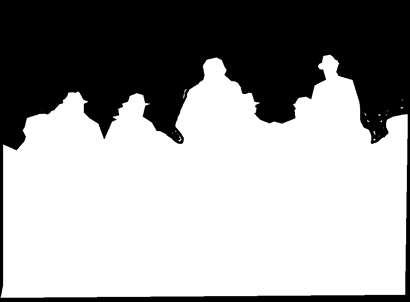
So, if we were to combine these two SVG ‘super powers’, we could theoretically create a new super-efficient image file format with luscious 32-bit transparency.
But is it worth the effort?
Meet ZorroSVG

Luckily for us, Mario Klingemann (@Quasimondo) built ZorroSVG to take most of the hard work out it for us.
Simply drag your chunky transparent PNG32s straight into ZorroSVG, choose the JPEG quality/compression setting, and you’ll receive a shiny new transparent SVG that should work in almost any modern browser.
It’s crazy easy.
As a test-drive, I took the original 878kb PNG-24 image above and threw it at ZorroSVG with the quality set at 80%.
The new SVG weights in 183kB – that’s 21% of the original size.
Here’s a CodePen showing that SVG in action.
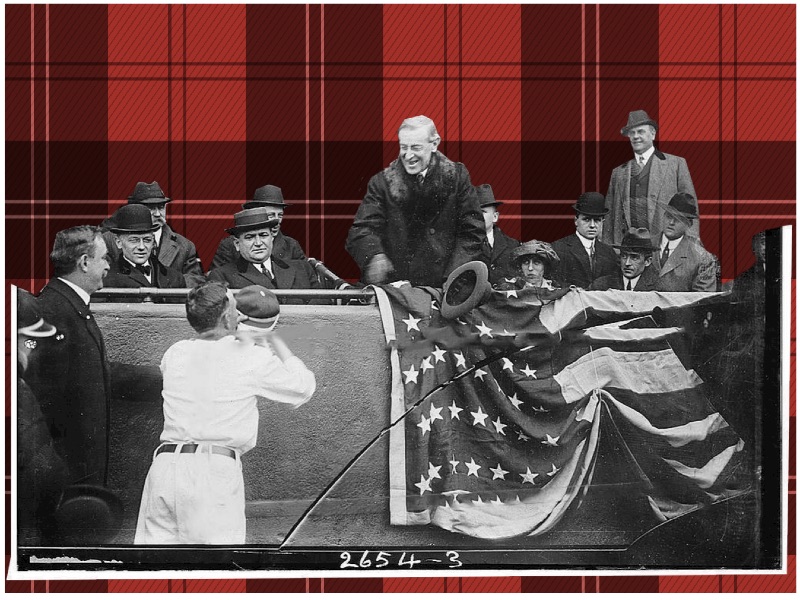
It’s a cool concept and it might provide a nice jumping-off point for some other ideas. More on that next week.
 Alex Walker
Alex WalkerAlex has been doing cruel and unusual things to CSS since 2001. He is the lead front-end design and dev for SitePoint and one-time SitePoint's Design and UX editor with over 150+ newsletter written. Co-author of The Principles of Beautiful Web Design. Now Alex is involved in the planning, development, production, and marketing of a huge range of printed and online products and references. He has designed over 60+ of SitePoint's book covers.



